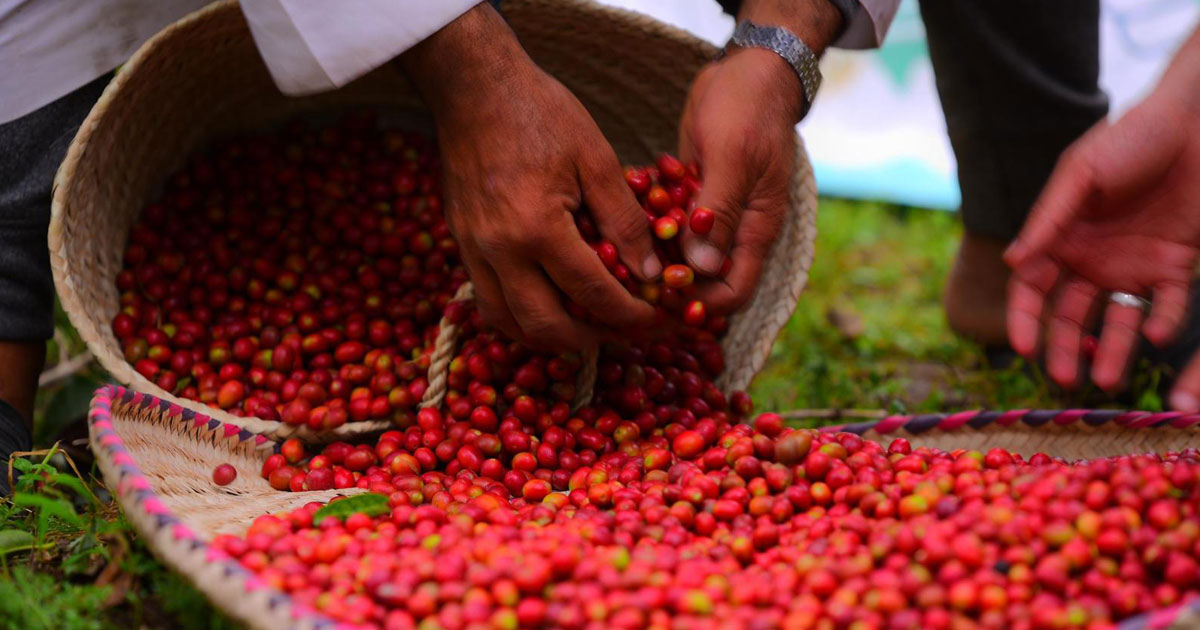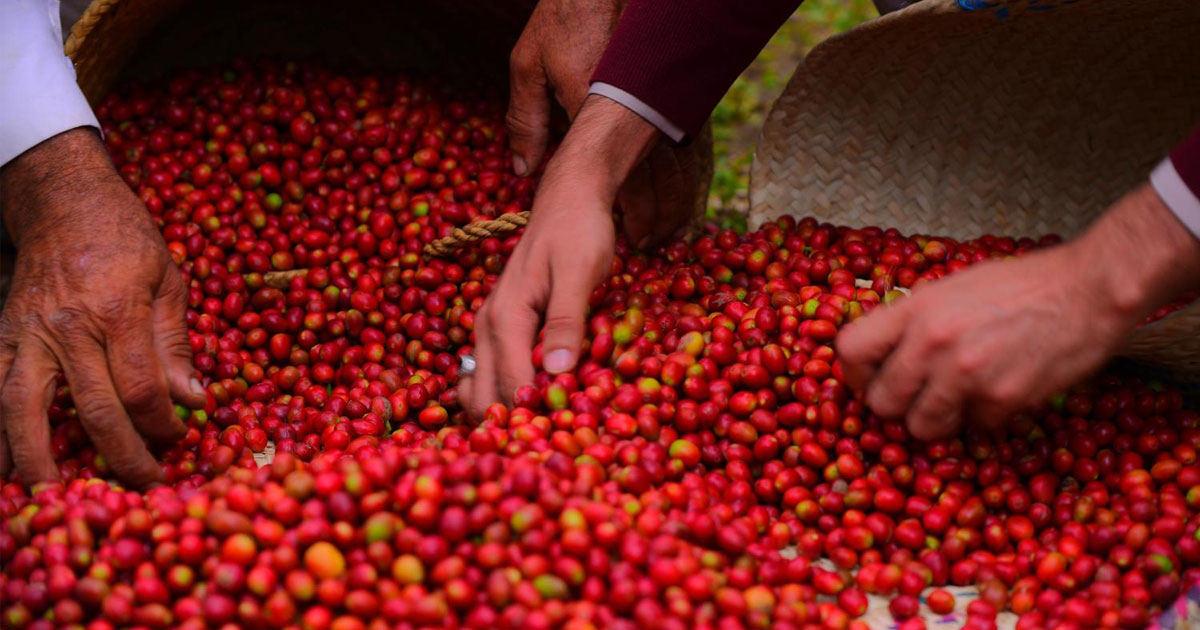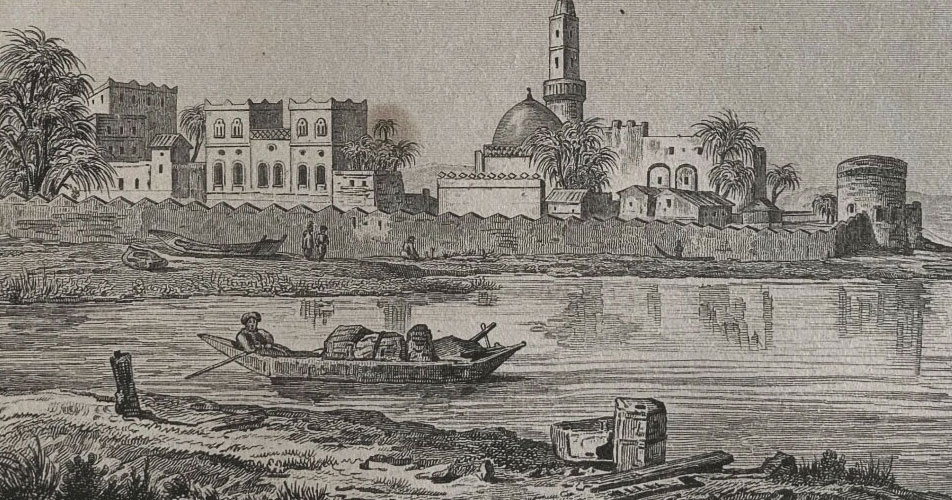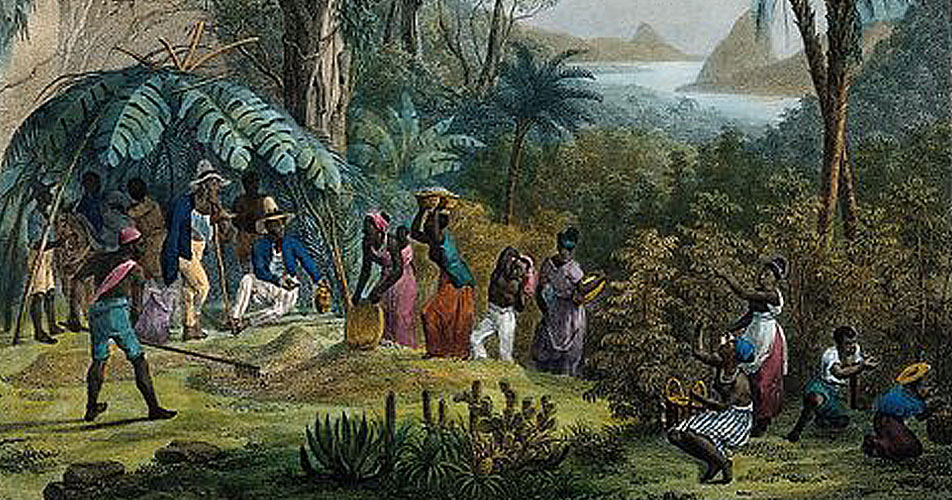Discovering Coffee Culture: The Tales, Traditions & Journey of a Global Obsession

Coffee—the beloved beverage that starts millions of mornings, fuels connections, and provides an endless source of energy—has a rich history that spans centuries, continents, and cultures. Its evolution from a simple berry on an Ethiopian plant to a worldwide obsession is a fascinating tale of exploration, innovation, and social transformation. This article chronicles the story of coffee’s remarkable journey across various countries, its unique uses , traditions, and some of the quirky stories that have shaped its legacy.
Ethiopia: Where it All Began
Long before coffee became a lifestyle, it was a mystery growing wild in the Ethiopian highlands. According to legend, it was a curious goat herder named Kaldi who noticed his goats dancing with unexpected energy after munching on bright red berries. Kaldi gave them a try himself—and the rest is caffeinated history.
But early Ethiopians didn’t brew these berries into the comforting drink we know today. Instead, they crushed them and mixed them with animal fat to create a kind of ancient energy bite. Coffee also played a spiritual role—it was said to ward off evil and fuel vitality. Even now, the traditional Ethiopian coffee ceremony is a rich, unhurried affair—a testament to coffee’s role in fostering community and reverence.

Yemen - The Heartbeat of Coffee Culture
Crossing the Red Sea, coffee found fertile ground in Yemen’s rugged highlands around the 15th century. Here, coffee met its destiny—not just as a berry, but as a brewed experience. One tale credits a spiritual ascetic named Sheikh Ali Bin Omar Al-Shadhili with introducing coffee from Ethiopia. The ascetics embraced it as a tool for staying alert through long nights of devotion.
And it was in Yemen’s port city of Mocha—yes, our namesake—where coffee became a global trade icon. The beans grown near Mocha weren’t just any beans. Thanks to the unique microclimate and sun-dried processing, they developed rich, chocolatey depth and an aromatic complexity that would shape global expectations of quality.
Yemeni cafés—long before Europe’s first coffeehouses—buzzed with conversation, poetry, debate, and connection. Coffee wasn’t just consumed; it was lived. At Moka & Co., we’re proud to honor this legacy. Our name, our values, our coffee—they’re all grounded in this Yemeni origin story.
Ottoman Empire: Brewing Ritual into Art
By the 16th century, coffee reached Istanbul, where the Ottomans elevated it into an art form. Enter Turkish coffee: thick, aromatic, and served in elegant cups with sweet bites of lokum. It was more than hospitality—it was diplomacy in a demitasse. One of our favorite tales? Brides-to-be were once judged on their coffee-making skills.
They’d serve potential grooms a cup—and if they snuck in salt instead of sugar, it was a test. A groom who drank without complaint proved his patience (and possibly earned his future bride’s respect). Coffeehouses—qahveh khaneh—sprouted across the empire as spaces of culture and conversation. Thinkers, poets, and philosophers gathered over tiny cups, shaping the ideas that would ripple across generations.

Europe - Coffee Meets Enlightenment
When coffee landed in Venice in the 1600s, it stirred curiosity and controversy. Some even called it "Satan’s drink"—until Pope Clement VIII took a sip, smiled, and gave it his blessing. Suddenly, it was holy.
In London, "penny universities" offered a cup of coffee and a world of ideas. Writers, merchants, and philosophers debated politics and poetry, all under the energizing spell of this exotic brew. One quirky story? Swedish King Gustav III tried to prove coffee was harmful by having two prisoners drink it daily—one tea, the other coffee. The coffee drinker outlived them all, including the doctors overseeing the experiment.
Asia - Coffee Reaches India and Beyond
In the 17th century, a daring Sufi saint named Baba Budan smuggled seven coffee beans from Yemen into India. Those beans grew into lush plantations in the Western Ghats—
especially in Chikmagalur and Coorg—where coffee flourished among pepper and cardamom plants.
In Indonesia, Dutch colonists planted sprawling estates, and Java became synonymous with coffee. From this period came the curious tale of Kopi Luwak—beans fermented in the bellies of wild civets. Once a foraged rarity, it now commands luxury prices (and some ethical questions).
India & Indonesia: Beans Under the Monsoon
In the 17th century, a daring Sufi saint named Baba Budan smuggled seven coffee beans from Yemen into India. Those beans grew into lush plantations in the Western Ghats—
especially in Chikmagalur and Coorg—where coffee flourished among pepper and cardamom plants.
In Indonesia, Dutch colonists planted sprawling estates, and Java became synonymous with coffee. From this period came the curious tale of Kopi Luwak—beans fermented in the bellies of wild civets. Once a foraged rarity, it now commands luxury prices (and some ethical questions).

The Americas: From Plantation to Pop Culture
Coffee reached Brazil in the 18th century and soon transformed the global supply chain. Fueled by colonial labor, Brazil became the world's largest coffee producer—a title it still holds.
In the U.S., coffee gained momentum after the Boston Tea Party, becoming a patriotic alternative to British tea. Over time, it morphed from diner refills to drive-thru staples—and then to third-wave roasters with a passion for single-origin beans. But mass-market chains, in the rush to scale, often traded nuance for convenience. Overroasting, standardization, and flashy branding sometimes dulled what made coffee magical in the first place.
At Moka & Co., we’re here to reverse that trend—one carefully sourced, traditionally prepared Yemeni cup at a time.

A Global Ritual, Grounded in History
Today, coffee is more than a drink. It’s a ritual, a reason to gather, a moment of pause, a spark of creativity. Every culture it touched shaped it—and was shaped by it.
Yemen’s ancient terraces still grow coffee the old way—hand-picked, sun-dried, organic by nature and necessity. No shortcuts. Just generations of know-how and care. That’s why every cup from Moka & Co. carries the taste of heritage and the soul of craftsmanship. We believe great coffee should make you feel something—nostalgia, warmth, inspiration. So whether you're discovering Yemeni coffee for the first time or rekindling a love for its deep roots, welcome. You're part of the story now.
Subscribe to our newsletter
Sign up for coffee stories, brewing tips, and exclusive offers.
Join the journey—one cup at a time!
